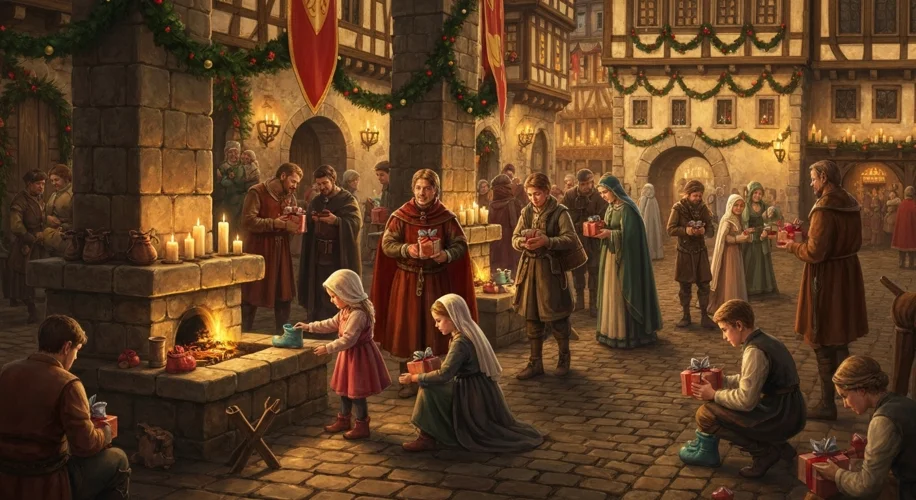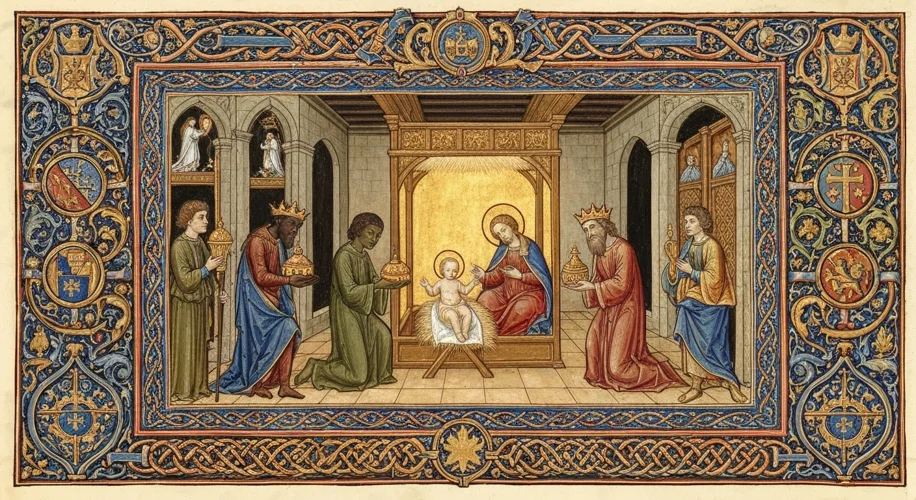While the twinkling lights of Christmas and the joyous bells of Easter dominate the Christian calendar for many today, the liturgical year once pulsed with a rich tapestry of saints’ days, commemorations, and celebrations. These “lesser” feasts, often crowded out by the ever-growing secular and commercial significance of the two giants, offer a fascinating glimpse into the evolving devotional practices, cultural shifts, and historical pressures that have shaped Christianity.
For centuries, the lives of saints served as powerful exemplars for the faithful. Days dedicated to figures like Saint Nicholas, Saint George, or Saint Patrick were not mere historical footnotes but vibrant occasions. Saint Nicholas Day, celebrated on December 6th, was a particularly cherished event in many parts of Europe. In Germany and the Low Countries, the legend of Saint Nicholas gifting presents to the poor evolved into a secular tradition of gift-giving, laying the groundwork for the modern Santa Claus figure. Children would leave out shoes or stockings, hoping for small treats or coins.

The Feast of the Annunciation on March 25th, commemorating the angel Gabriel’s visit to Mary, was once a more significant date, often marking the start of the new year in many English-speaking regions before the adoption of January 1st. It was a time of renewal and anticipation, often celebrated with services that focused on Mary’s acceptance of her divine role.
Similarly, the Feast of the Epiphany on January 6th, celebrating the manifestation of Christ to the Gentiles through the visit of the Magi, held a prominent place. In some traditions, it marked the end of the Christmas season, a time for feasting and the symbolic

